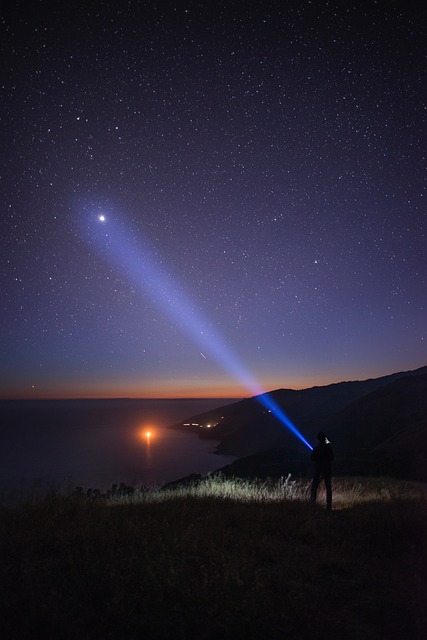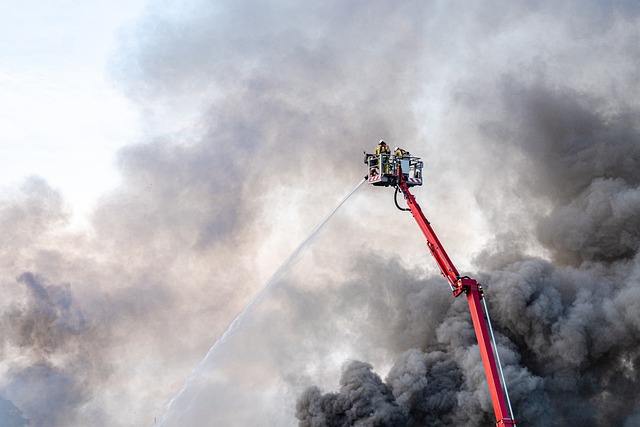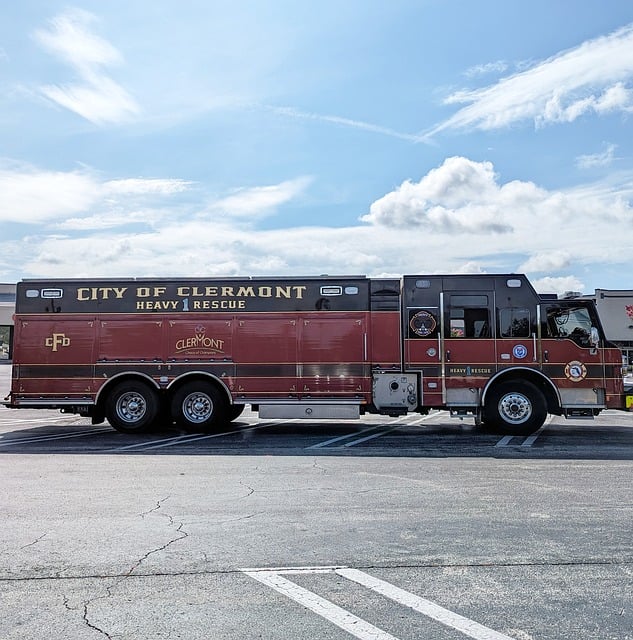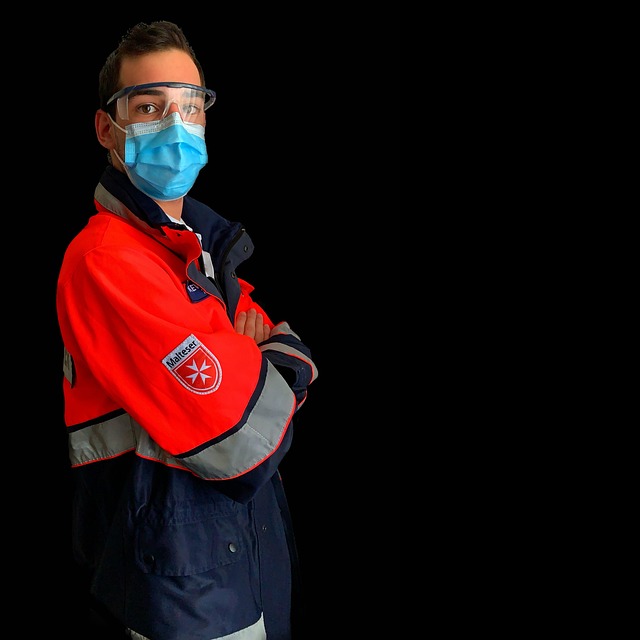When preparing for hurricane emergencies, having flashlights for emergency preparedness is essential due to their role in providing light during power outages. Your home should be equipped with robust, portable flashlights capable of functioning under harsh conditions and offering bright illumination to navigate through potential hazards like debris and floodwaters. These flashlights must be reliable, either powered by fresh batteries or a charging system if rechargeable, and should be placed on every floor and in key areas for quick access. Selecting durable, LED flashlights with various light settings, including emergency signals, is recommended, as is having a backup power source like hand crank or solar energy. Maintaining your flashlights with regular checks, battery stockpiling, and clear storage locations enhances their effectiveness during extended outages. Educate family members on the proper use of these flashlights to ensure they are ready for immediate action. A well-maintained Flashlight Emergency Kit, equipped with a variety of flashlights, spare batteries, and a carrying case, is a critical component of a comprehensive disaster preparedness plan for hurricane readiness, significantly improving your ability to manage the aftermath safely until power is restored.
When hurricanes strike, reliable lighting becomes a cornerstone of safety and navigation through power outages. This article illuminates the essential role flashlights play in emergency preparedness, guiding readers through selecting the most suitable models, maintaining their battery life, and strategically positioning them around their homes. We’ll also delve into practical techniques for using flashlights effectively during these intense weather events. Whether you’re preparing a flashlight emergency kit or ensuring its readiness, understanding the nuances of each aspect can mean the difference between safety and uncertainty. Embrace flashlights for emergency preparedness to ensure your home is ready for the next storm.
- Understanding the Role of Flashlights in Hurricane Emergencies
- Types of Flashlights Best Suited for Hurricane Preparedness
- Battery Selection and Maintenance for Optimal Flashlight Performance
- Strategic Placement of Flashlights Around Your Home for Maximum Safety
- Techniques for Effective Flashlight Use During a Hurricane
- Creating a Flashlight Emergency Kit: What to Include and How to Maintain It
Understanding the Role of Flashlights in Hurricane Emergencies

During hurricane emergencies, flashlights for emergency preparedness play a critical role in ensuring safety and navigating through power outages. A well-stocked emergency kit is indispensable, and within it, flashlights are among the most essential tools due to their portability and durability under adverse conditions. They provide illumination when the electricity fails, which can happen unexpectedly during a hurricane. It’s imperative to have flashlights for emergency preparedness that are reliable and easy to operate, with fresh batteries or a charging mechanism if they are rechargeable models. Understanding the importance of visibility in such scenarios, individuals should prioritize flashlights that offer strong beams capable of lighting up areas effectively, aiding in the avoidance of hazards like fallen debris or flooded zones. Additionally, having multiple flashlights strategically placed throughout the home can enhance safety and security, as power outages might last for extended periods during severe weather events.
In preparation for hurricanes, it’s advisable to select flashlights designed for rugged use, capable of withstanding water and impact damage, which are common in hurricane-affected areas. These flashlights should be part of a broader disaster preparedness plan, which includes regular testing of the equipment, stocking additional batteries, and storing them in accessible locations. Furthermore, training family members on how to use these flashlights can greatly enhance response times during an emergency. By integrating flashlights for emergency preparedness into your hurricane readiness strategy, you can significantly improve your chances of safely navigating through the storm’s aftermath until power is restored and normalcy resumes.
Types of Flashlights Best Suited for Hurricane Preparedness

When preparing for hurricane season, having reliable flashlights for emergency preparedness is crucial. In the event of power outages, which are common during such events, flashlights become indispensable tools for navigation and safety. The best flashlights for hurricane preparedness are those that offer durability, reliability, and versatility under various conditions. LED-powered flashlights are highly recommended due to their longevity and brightness; they can last for hours on a single set of batteries or rechargeable power sources. Consider flashlights with multiple modes, including high, medium, and low beams, as well as strobe or SOS signals, which can signal for help if necessary. Additionally, waterproof and shock-resistant flashlights are ideal, as they can withstand the harsh weather conditions that accompany hurricanes. Investing in crank or solar-powered flashlights is also a wise choice, as they provide an alternative power option when batteries are depleted or in prolonged outages. For those who prioritize emergency preparedness, selecting flashlights with replaceable batteries and a robust design ensures that they remain functional for the duration of any power disruptions caused by hurricanes. It’s important to have at least one high-quality flashlight per household, along with extra batteries, as part of a comprehensive emergency kit.
Battery Selection and Maintenance for Optimal Flashlight Performance

When it comes to hurricane preparedness, having reliable flashlights is crucial for navigating through power outages and potentially dangerous conditions. Selecting the right type of battery for your emergency flashlight is a key factor in ensuring performance when you need it most. Alkaline batteries are often a go-to choice due to their availability and affordability, but for long-term storage or extreme weather situations, rechargeable batteries such as lithium-ion or NiMH (nickel-metal hydride) offer better longevity and consistency. It’s essential to store these rechargeables with a partial charge; full charging can lead to self-discharge over time, while depleting them completely can stress the cells and reduce their lifespan. Regular maintenance, such as checking battery terminals for corrosion and ensuring a secure connection, can prevent unexpected failures when you’re counting on your flashlight in an emergency. Additionally, keeping batteries at room temperature can preserve their charge and prevent them from becoming less effective in cold conditions. For those with flashlights that use rechargeable batteries, establishing a routine of charging and discharging them fully before storing them for the hurricane season ensures they’re ready to perform when called into action. Flashlights for emergency preparedness are only as good as their power sources; thus, thoughtful battery selection and consistent maintenance can significantly enhance your safety during hurricane season.
Strategic Placement of Flashlights Around Your Home for Maximum Safety

When preparing for a hurricane, strategic placement of flashlights around your home is a critical component of emergency readiness. Flashlights for emergency preparedness should be distributed in locations that offer both convenience and safety during power outages. Ideally, place one or more flashlights on every floor of your residence, including the ground level and any upper levels. This ensures that each family member can easily access a light source without navigating through dark corridors or stairways. Additionally, consider placing flashlights in areas where you would most likely assemble during an emergency, such as in the living room or kitchen. In the event of an evacuation, make sure to pack at least one compact, reliable flashlight in your emergency kit. Furthermore, ensure that each flashlight is equipped with fresh batteries before the hurricane season begins. This proactive measure can significantly improve visibility and safety during unexpected power disruptions caused by the storm. By thoughtfully positioning flashlights throughout your home and keeping them fully functional, you can enhance your ability to respond effectively to the challenges posed by a hurricane.
Techniques for Effective Flashlight Use During a Hurricane

During a hurricane, reliable lighting is crucial for safety and navigation. Flashlights for emergency preparedness should be an integral part of every household’s hurricane kit. When using a flashlight during such events, it’s important to focus on techniques that maximize visibility while conserving battery life. Firstly, always keep extra batteries in a waterproof container; power outages are common with hurricanes, and having fresh batteries can mean the difference between safety and disorientation. Secondly, direct the beam downward to avoid blinding yourself or others around you. This technique also helps to prevent attracting potential hazards, such as flying debris, towards your location. Additionally, use flashlights that utilize LED technology; they are more energy-efficient and have a longer lifespan compared to traditional bulbs. It’s also wise to have multiple flashlights distributed throughout your home so that you can navigate without having to carry one at all times. By following these techniques for effective flashlight use, you can ensure that you have optimal lighting during a hurricane, which is essential for maintaining safety and order amidst the chaos.
Creating a Flashlight Emergency Kit: What to Include and How to Maintain It

When assembling a Flashlight Emergency Kit for hurricane preparedness, it’s crucial to consider the types of flashlights that would be most effective in various situations. High-quality flashlights for emergency preparedness should be durable, reliable, and easy to operate. They should also have multiple settings, including high, medium, and low beam intensities, as well as an emergency strobe or SOS function. Include at least one flashlight per household member and ensure they are from reputable brands known for their robust construction and long-lasting performance.
Beyond the flashlights themselves, your kit should contain a variety of batteries suitable for your devices (preferably lithium, as they have a longer shelf life), a battery charger or power bank with a USB port, and extra bulbs. Additionally, include a sturdy carrying case to keep everything organized and protected from moisture and debris. Maintain your emergency kit by regularly checking the functionality of each flashlight, ensuring all batteries are fresh and charged, and replacing them every two years or as recommended by the manufacturer. Also, test the flashlights periodically to confirm that they operate as expected, especially after any battery changes. Proper maintenance will guarantee that when a hurricane strikes, your Flashlight Emergency Kit is ready to provide essential illumination, enhancing safety and allowing you to navigate through the darkness with confidence.
In concluding, it’s clear that flashlights are indispensable tools for emergency preparedness, particularly in the face of hurricane threats. This article has outlined the critical role they play, the types most suitable for such events, and the importance of maintaining them properly through careful battery selection and storage. Strategic placement within your home can ensure immediate access to reliable lighting when needed. By following the techniques outlined for effective flashlight use during a hurricane, you enhance your safety and improve your ability to navigate and respond to emergencies. A well-prepared emergency kit, complete with flashlights, is not just a precaution—it’s a prudent step towards safeguarding yourself and your loved ones. In light of the insights shared, it’s evident that investing in quality flashlights for emergency preparedness is a wise measure for any household in hurricane-prone regions.
